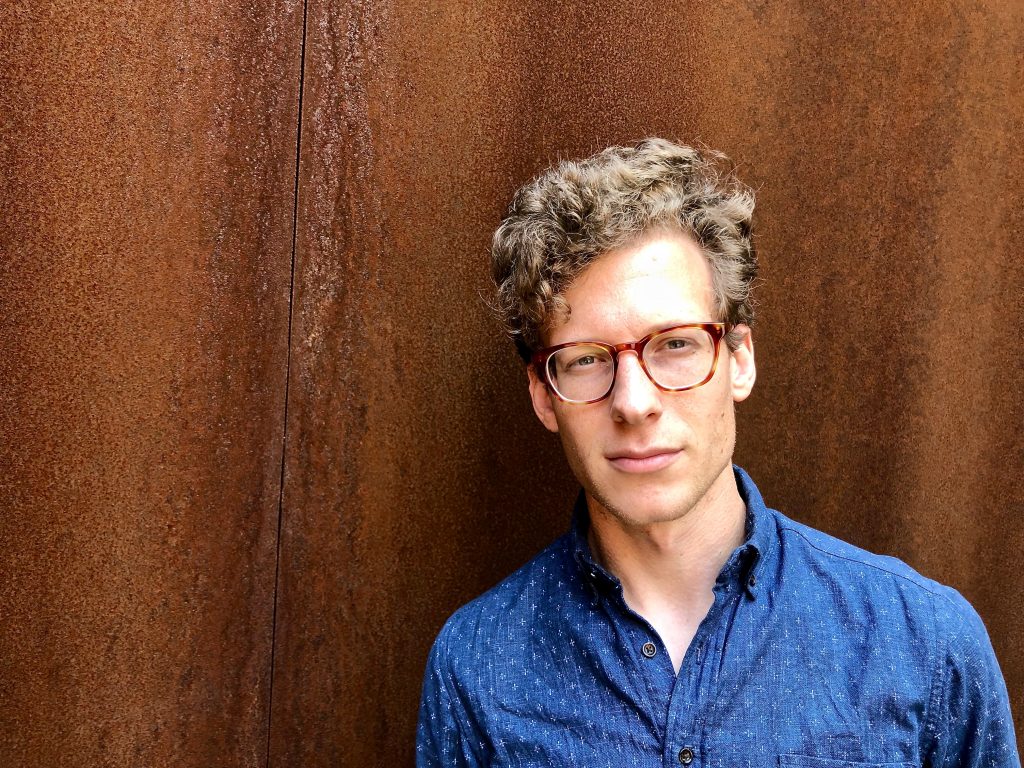This post is drawn from our newsletter, which we send twice per semester. Subscribe here if you are interested in the latest at the Aydelotte and for our reflections on issues related to liberal arts and higher education.
In the last decade, humanities disciplines have developed their own distinctive apparatus to study the academic institutions in which they are situated. Critical University Studies (CUS) examines the social consequences of the corporatization of higher education. The formation of CUS is particularly interesting to us because it pursues a critique of the university informed by liberal arts research and because it maps the edges of what it means to study and investigate higher education. We offer here a brief primer on what constitutes the field of critical university studies, as well as more recent work that seeks to contest where the edges of that field are drawn. Aspects of the major questions in CUS are highly valuable to those interested in the liberal arts. The field’s emergence and its interstitial positioning between more established academic disciplines (higher education studies) and social and political movements organized around rising student debt and the defunding of public universities provides an object lesson in the complex operation of academic field making in the present.
Jeffrey J. Williams was the first to identify, name, and define CUS in his 2012 article, “Deconstructing Academe,” but criticism of the university system has historical roots from long before this constitutive moment — see Thorstein Veblen’s The Higher Learning in America (1918) and The Goose-Step (1923) by Upton Sinclair, for early examples. Since its concrete formation, CUS has served as a useful framework to consolidate writings from a multitude of preexisting fields, such as sociology, educational studies, history, cultural studies, media, and labor studies. Major figures in the field, such as Williams and Christopher Newfield, have tracked the transformation of higher education from a publicly-funded social good to a commercialized, individual transaction. Scholars have tracked this transition by attending to rising student debt, deteriorating academic labor conditions, growing workloads for both students and faculty, and the expanding administrative apparatus of postsecondary institutions.
Perhaps the clearest instance of the shift to university-as-corporation is that of the current student debt crisis; the current tally of total student loan debt in the U.S. is $1.7 trillion. Individual debt, however, has not always defined the funding of higher education. In the mid-twentieth century, government programs like the G.I. Bill and the National Defense Education Act funded schools directly and increased grant aid to Veterans and later to any individual “to insure trained manpower of sufficient quality and quantity to meet the national defense needs of the United States.” This age of educational accessibility only lasted a few decades, however, as national declines in the rate of profit in the 1970s, as well as the movements of campus radicals led to tax revolt and disinvestment in higher education. This led to rising tuition costs and an increased reliance on individual debt to fund higher education institutions.
Prior to the neoliberal era, higher education reproduced inequality by restrictions on access, even while the number of higher education institutions proliferated in the midcentury, allowing more students to enter the system. But as a trade off for this access, students became saddled with growing amounts of debt. Increased restrictions on access to battle for prestige and to increase the number of students who could pay undiscounted tuition in public postsecondary institutions helped fuel an exponential expansion in the for-profit education sector and more predatory forms of student lending in the late 90s and early 2000s. CUS notes that the debt crisis is both a product of and a contributor to the corporatization of the university. The tuition-focused structure of many colleges and universities creates debt in the first place, and that debt in turn feeds back into the corporatization of college. But this has ramifications on the lives of students, too. Jeffrey Williams argues that a student saddled with thousands of dollars of debt is expected to enter the competitive job market to pay off this debt, nudging their life trajectory towards maximizing their value as a potential employee.
Students are not the only ones affected by the corporatization of the university. CUS also focuses on the academic labor of faculty and administrators. In How the University Works, Marc Bousquet describes the casualization of higher education. More and more courses are taught by low-paid adjunct professors and graduate students. Moreover, the university creates a culture of overwork — both students and professors are encouraged to work as much as possible. Nick Mitchell has written powerfully about the illusory myth of the summer break in the essay “Summertime Selves.” Many faculty are paid as if they only work nine months in a year, yet often undertake research projects over the summer, particularly if they are hoping to gain tenure. At many universities, as Jacob Rooksby has detailed, applied research is overfunded and overvalued proportional to other subjects with valuable, but admittedly less direct market applications, such as those that constitute the liberal arts.
At the same time, secure faculty positions (and labor organizing that seeks to extend these privileges to contingent faculty) are viewed by credit rating agencies as liabilities for university operating budgets, which are under pressure to be able to contract or expand quickly to address crisis or opportunity. For CUS scholars, a crucial part of the university’s corporatization has been a shift in the administrative structure of these institutions wrought in part by the economy’s larger trend towards financialization. As Benjamin Ginsberg points out, there are more administrators and fewer of those administrators have direct higher education experience. The managerial ethos claims more efficient operations and cost-saving measures for institutions that have increasingly less funds to work with. However, as Christopher Newfield suggests, these very logics–what he terms a devolutionary cycle–have actually led to less efficiency, higher operating costs, and ultimately a further decline in the quality of public higher education from its midcentury peak.
Newfield elaborates on this dilemma in the introduction to his book, The Great Mistake:
I’ve written this book to explain how we’ve gotten to a place where the public university’s unique product–low-cost, no-debt, high-quality university learning on a mass scale, or mass quality–now seems both impossible and unnecessary. We did as a country create the mid-twentieth-century version of mass quality after World War II when we were poorer and more racist than we are now.
Newfield and other CUS adherents are certainly attentive to the realities of race and class and how they manifest within contemporary instantiations of the university system. Nevertheless, in their careful focus on the shortcomings of the present system, the mass quality of midcentury appears to be far more ideal in comparison.
Some critics of CUS, many of whom are situated in Black, Ethnic, and Feminist Studies disciplines, suggest that a different periodization of the university’s present form may account for what even Newfield seems to identify as a contradiction between 50s-era mass quality and Jim Crow. Indeed, as Abigail Boggs and Nick Mitchell point out, it is precisely the assumption that the university in the United States has always been a public good that leads to the prescription to return to the era of mass quality, while forgetting that mass quality was funded largely by U.S. militarism for students who were predominantly white men. The public good argument also supported postsecondary access to urban renewal funds and policing powers, particularly in urban areas, leading to ongoing patterns of spatial segregation in cities. When those who were not white began to enter the expanded university system, states began their gradual withdrawal of support.
With this in mind, the historical aperture for shifts in our present expands to include the early American university’s connection to slavery. In his pathbreaking book on this subject, Craig Wilder suggests that universities were a key site in managing the capital flowing from slavery in the early United States. This history establishes that the discourse of inclusion or exclusion, of public good or corporate entity, might be better tuned to how the American university has been a site to manage and distribute capital accumulation. This takes a political economic approach to the study of the university and foregrounds the university’s role in the reproduction of racial capitalism and settler colonialism. Drawing on these arguments about capital accumulation, Boggs and Mitchell with Eli Meyerhoff and Zach Scwartz-Weinstein, have offered an invitation for a divergent trajectory from CUS, which they term Abolitionist University Studies (AUS).
There is admittedly a difference in audience and scope in terms of what these university studies, well, study. On the one hand, CUS takes the university as an entity situated within a political and economic milieu, but ultimately directs the agency of scholarly knowledge toward reforming (or revolutionizing) the university itself. This work hails a public audience, especially parents, students, and even alumni navigating the vexed twenty-first century landscape of postsecondary education in the United States. On the other hand, AUS sees the university as a key institution in the reproduction and maintenance of a broader political economic situation and therefore cannot be revolutionized without revolutionizing the totality of society. One is reminded of Stefano Harney and Fred Moten’s gloss on the object of abolition: “Not so much the abolition of prisons but the abolition of a society that could have prisons…abolition as the founding of a new society.” The audience for this critique is still public, but it more explicitly invokes those who have become indebted, refused access, and ultimately extracted by the broader management of accumulated capital. In this sense, the overlap and tension between CUS and AUS casts a familiar dilemma for liberal arts (inter-)disciplines in recent years: a recognition of the erosion of past glory versus a call to reconfigure the very shape of knowledge-making, its institutions, and the world in which those accumulated practices are situated.




